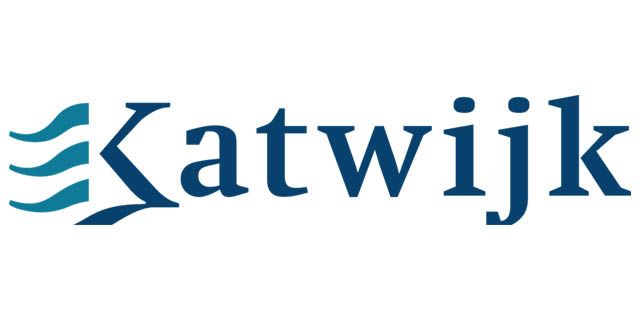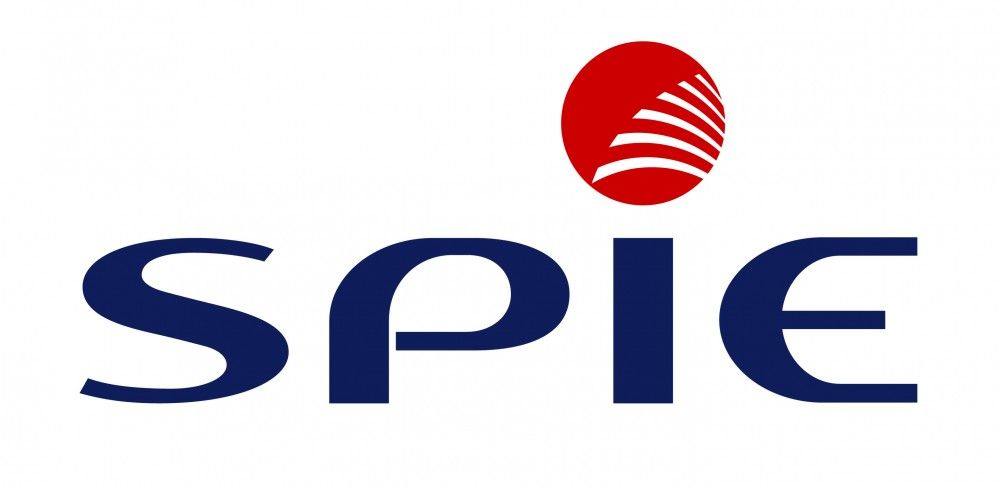Cursusbeschrijving
In deze vijfdaagse cursus onder leiding van een docent doet u de kennis en vaardigheden op die nodig zijn voor het plannen, ontwerpen en implementeren van een fysieke en logische infastructuur met Windows Server 2012 Active Directory Domain Services (AD DS). De cursus voorziet u ook van de vaardigheden voor het uitvoeren van naamresolutie, applicatie-integratie, optimalisatie van automatische sanering en het onderhoud van netwerkdiensten.
{tab Doelgroep}
Deelnemers aan de cursus hebben ervaring met eerdere Windows Server-besturingssystemen en beschikken over een Windows Server 2012-certificering (MCSA) of over vergelijkbare vaardigheden. Deze cursus is ook bedoeld voor IT-professionals die willen deelnemen aan het examen 70-413: ontwerp en implementatie van een serverinfrastructuur, zelfstandig of als onderdeel van het eisenpakket voor de certificering MCSE: serverinfrastructuur. {tab Voorkennis}
Knowledge equivalent to Windows 2012 MCSA. Attend course M20412 Configuring Advanced Windows Server 2012 Services, to match the appropriate prerequisites.
{ta Certificering} This course helps to prepare for exam 70-413. {tab Vervolgcursussen} M20414 Implementing an Advanced Server Infrastructure {tab=Overige informatie}This course will be delivered with digital courseware. In order to have the best learning experience you are asked to bring your own second screen to view the courseware. A second screen includes: tablets and laptops.
{/tabs} {slider Cursusinhoud|closed}Module 1: Planning Server Upgrade and Migration
This module explains how to plan a server upgrade and migration strategy.
- Upgrade and Migration Considerations
- Creating a Server Upgrade and Migration Plan
- Planning for Virtualization
- Analyze upgrade and migration considerations.
- Create a server upgrade and migration plan.
- Plan for virtualization.
Module 2: Planning and Implementing a Server Deployment Infrastructure
This module explains how to design an automated server installation strategy and plan and implement a server deployment infrastructure.
- Selecting an Appropriate Server Imaging Strategy
- Selecting a Deployment Automation Strategy
- Implementing an Automated Deployment Strategy
- Describe how to select an appropriate server imaging strategy.
- Describe how to select a deployment automation strategy.
- Implement an automated deployment strategy.
Module 3: Designing and Maintaining an IP Configuration and Address Management Solution
This module explains how to design and maintain IP address management (IPAM) and a Dynamic Host Configuration Protocol (DHCP) solution.
- Designing and Implementing DHCP
- Planning and Implementing DHCP Scopes
- Planning and Implementing an IPAM Provisioning Strategy
After completing this module, students will be able to:
- Design and implement DHCP.
- Plan DHCP scope configuration and options.
- Design and implement an IPAM provisioning strategy.
Module 4: Designing and Implementing Name Resolution
This module explains how to design a name resolution solution strategy.
- Designing a DNS Server Implementation Strategy
- Designing the DNS Namespace
- Designing and Implementing DNS Zones
- Designing and Configuring DNS Zone Replication and Delegation
- Optimizing DNS Servers
- Designing DNS for High Availability and Security
- Design a Domain Name System (DNS) server implementation strategy.
- Design a DNS namespace.
- Design and implement a DNS zone strategy.
- Design and configure DNS zone replication.
- Optimize the DNS server configuration.
- Design DNS for high availability and security.
Module 5: Designing and Implementing an Active Directory Domain Services Forest and Domain Infrastructure
This module explains how to design and implement an AD DS forest and domain infrastructure.
- Designing an AD DS Forest
- Designing and Implementing AD DS Forest Trusts
- Designing and Implementing AD DS Domains
- Designing DNS Namespaces in AD DS Environments
- Designing AD DS Domain Trusts
- Design an AD DS forest.
- Design and implement AD DS forest trusts.
- Design and implement AD DS domains.
- Design DNS namespaces in an AD DS environment.
- Design and implement AD DS domain trusts.
Module 6: Designing and Implementing an OU Infrastructure and AD DS Permissions Model
This module explains how to design and implement anorganizational unit (OU)infrastructure and AD DS permissions model.
- Planning the AD DS Administrative Tasks Delegation Model
- Designing the OU Structure
- Designing and Implementing an AD DS Group Strategy
- Plan an AD DS administrative tasks delegation model.
- Design an OU structure.
- Design and implement an AD DS group strategy.
Module 7: Designing and Implementing a Group Policy Object Strategy
This module explains how to design and implement a Group Policy Object (GPO) strategy.
- Gathering the Information Required for a GPO Design
- Designing and Implementing GPOs
- Designing GPO Processing
- Planning Group Policy Management
- Gather information required for a GPO design.
- Design and implement GPOs.
- Design GPO processing.
- Plan Group Policy management.
Module 8: Designing and Implementing an AD DS Physical Topology
This module explains how to design an AD DS sites topology and a domain controller placement strategy.
- Designing and Implementing AD DS Sites
- Designing AD DS Replication
- Designing the Placement of Domain Controllers
- Virtualization Considerations for Domain Controllers
- Designing Highly-Available Domain Controllers
- Design and implement AD DS sites.
- Design and configure AD DS replication.
- Design domain controller placement.
- Plan for virtualization of the domain controller role.
- Design domain controller deployments for high availability.
Module 9: Planning and Implementing Storage
This module explains how to plan and implement storage.
- Storage Considerations
- Planning and Implementing iSCSI SANs
- Plan for efficient storage.
- Plan and implement an iSCSI storage area network.
Module 10: Planning and Implementing File Services
This module explains how to plan and implement file services.
- Planning and Implementing a Distributed File System
- Planning and Implementing BranchCache
- Planning and Implementing Dynamic Access Control
- Plan and implement DFS.
- Plan and implement BranchCache.
- Plan and implement dynamic access control.
Module 11: Designing and Implementing Network Access Services
This module explains how to design and implement network access services.
- Designing and Implementing Remote Access Services
- Designing RADIUS Authentication by Using a Network Policy Server
- Designing a Perimeter Network
- Planning and Implementing DirectAccess
- Design and implement remote access services.
- Design a Remote Authentication Dial-In User Service (RADIUS) solution.
- Design a perimeter network.
- Plan and implement DirectAccess.
Module 12: Designing and Implementing Network Protection
This module explains how to design and implement network protection.
- Overview of Network Security Design
- Identifying and Mitigating Common Network Security Threats
- Designing and Implementing a Windows Firewall Strategy
- Designing and Implementing a Network Access Protection Infrastructure
- Describe the network security design process.
- Describe how to identify and analyze network security threats.
- Describe a Windows Firewall implementation.
- Design Network Access Protection (NAP).
After completing this course, students will be able to:
- Implement server upgrade and migration.
- Design an automated server installation strategy.
- Plan and implement a server deployment infrastructure.
- Plan and implement file and storage services.
- Design and implement a Dynamic Host Configuration Protocol (DHCP) solution.
- Design a name resolution solution strategy.
- Design and manage an IP address management solution.
- Design a VPN solution.
- Design a DirectAccess solution.
- Implement a scalable remote access solution.
- Design a network protection solution.
- Implement a network protection solution.
- Design a forest and domain infrastructure.
- Implement a forest and domain infrastructure.
- Design a Group Policy strategy.
- Design an Active Directory permission model.
- Design an Active Directory sites topology.
- Design a domain controller strategy.
- Design and implement a branch office infrastructure.
Meer weten over dit onderwerp?
Benieuwd naar de mogelijkheden van een cursus? Vraag vrijblijvend meer informatie aan en we sturen je binnen 24 uur meer informatie op over het desbetreffende onderwerp.


























